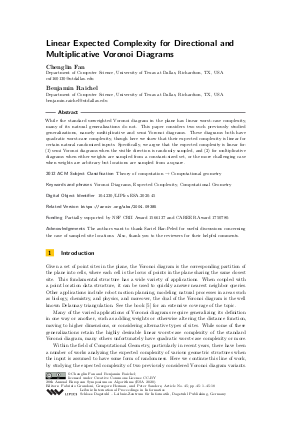LIPIcs.ESA.2020.45.pdf
- Filesize: 0.61 MB
- 18 pages

 Creative Commons Attribution 3.0 Unported license
Creative Commons Attribution 3.0 Unported license













Feedback for Dagstuhl Publishing